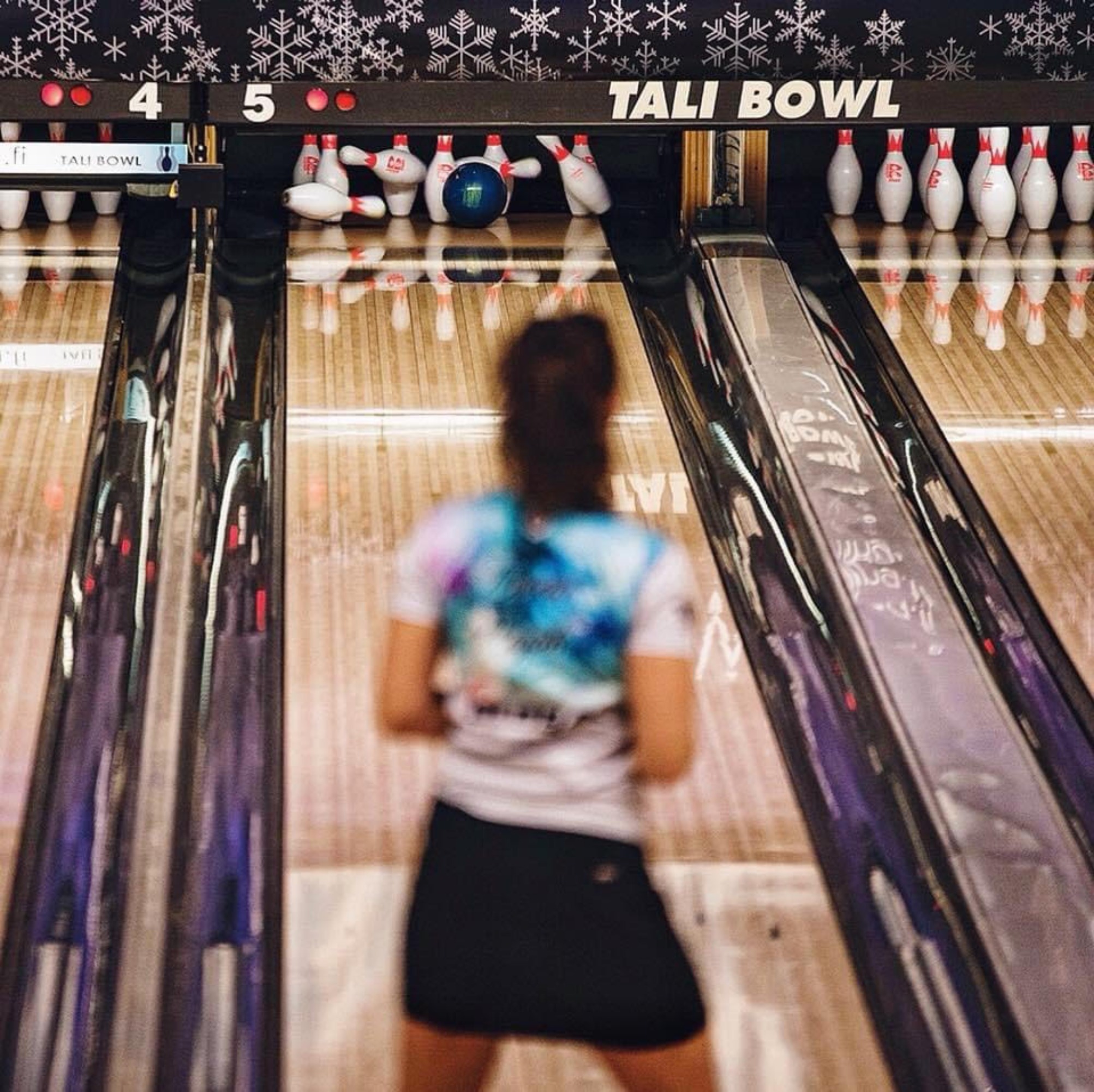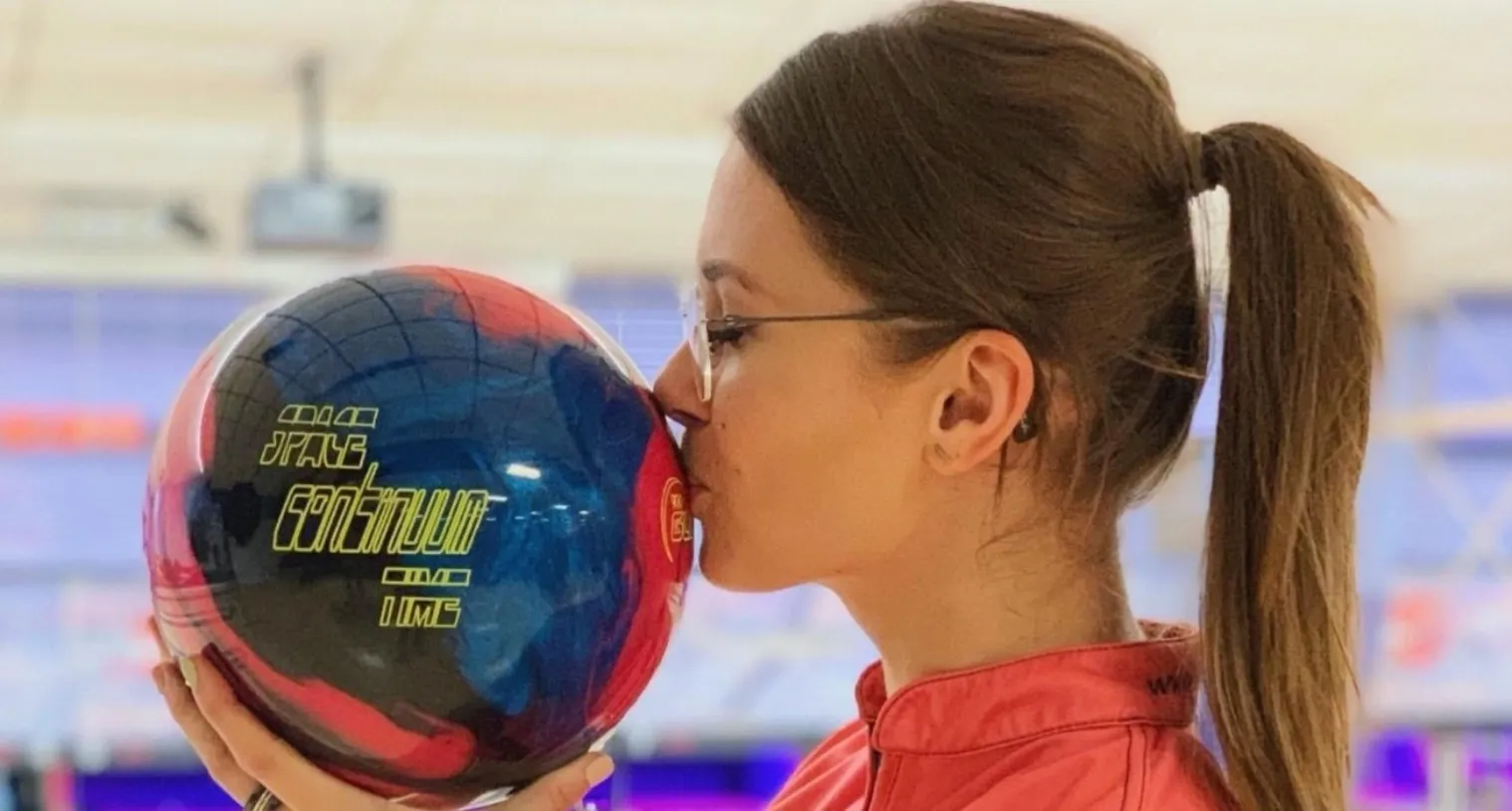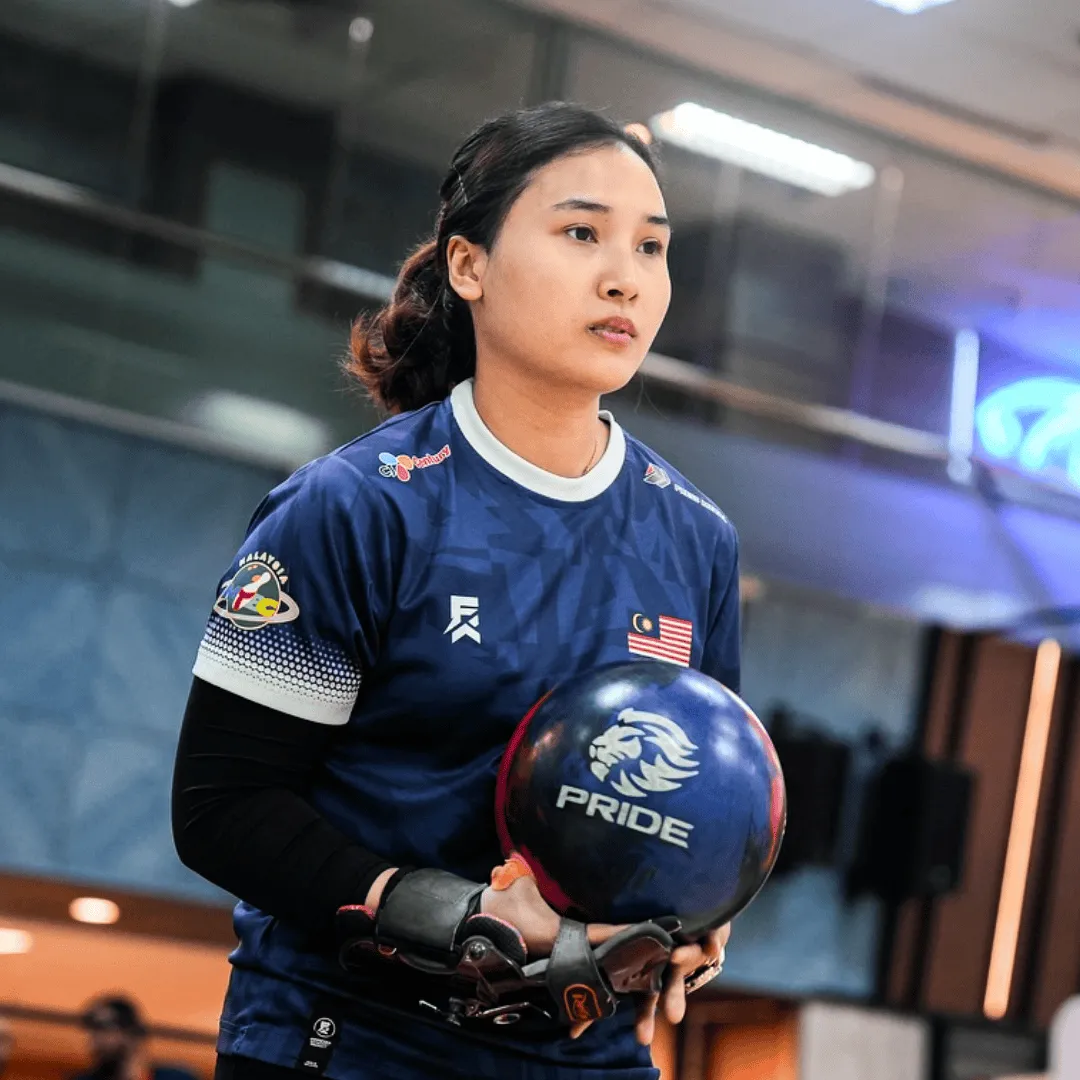She is undoubtedly one of the most charming and talented European bowlers, an idol for many young players worldwide, and one of the biggest social media bowling celebrities to follow. She is the ultimate best Polish player, winning everything possible in her homeland. Although the global pandemic messed up many plans, she still seeks to be the best on Tour in the USA. All about the past, present, and future in an exclusive interview with Daria Pająk.
How did bowling emerge in your life? When did you start bowling?
It is still hard to process for me that I can be an inspiration to other young players. It gives me a lot of strength and motivation to action. I started bowling when I was six years old when the first bowling center was opened in Poland. I fell in love at the very first sight. I was hooked by the music, the lights, the sound of pins, and the different bowling balls.

Is it true that you started as a 'two-handed' and later – as a 'backup' bowler? When did you change your technique, and who must we be thankful for? Most importantly – when did you bowl your first perfect game, and are you still counting them?
Yes, this is true. At first, I was so small I could not bowl one-handed, but after some time, I moved to one hand (backup). I don't remember exactly how many years I stuck with it, but not more than two. Eventually, there came the time when I felt that I could no longer evolve, and even though I did not hit the ceiling and the full potential of the backup game, I was leaving many splits from the pocket, and I decided to switch. Shortly after, being eleven years old, I became Polish Youth Champion. I bowled my first official perfect game when I was 16 at the Polish National Championships. I have never put massive importance on the number of perfect games bowled, but I do keep count of my 300s at Professional events. It is currently 3.
You have won every major championship in Poland (Youth and Adult). When did you sense National events not being enough to fulfill your bowling drive?
I am very proud of this because I remember how hard I work as such a little girl. I started to practice bowling at least three times a week ever since I was 11. It was always about doing drills, listening to the coach, and waiting for another tournament. I was very disciplined as a kid, but it has never felt like a sacrifice because I loved it, and it paid off so well at the tournaments until what felt like hitting the ceiling. I have won everything that I could in my country. Still, I was far from becoming a top player in Europe. Thankfully the idea of going to the US to attend college where I could bowl for a bowling team arose, and I knew that it would make me a top athlete or break me.
What made you decide you wanted to move to the United States for studies at WIU? Was leaving your homeland difficult?
In 2008 in Finland, I talked briefly with Sid Allen, who told me about Webber. I think calling it a conversation is a little much as he said, 'I think you have a lot of potential, and when the time comes, you should consider joining Webber program in the USA'.
That's when I knew what I would do after graduating high school.
It is hard to recall what I felt about leaving home to go across the ocean to study. I was rather excited, not scared. It was not hard because I wasn't overthinking it and trying to imagine life there would look like. If I knew how hard it would be on me for the first months, it would be much harder to leave home. But I survived, I had a great time, and thanks to that decision, I am a member of PWBA.
It seems that four years at WIU paid off – in 2016, you became Intercollegiate Team Champion, finished high in such Tournaments as USBC Queens, US Open, and even signed your first contract. Did 2016 was the best year so far or was it just the beginning of something bigger?
2016 was an odd year. I have always thought I would return to Poland after I graduate. I did not consider joining the professional tour but preparing for the 2016 ITC has made me a better, more confident player, and slowly the idea of joining the tour arose. I decided to stay in the US for another year after graduation, work in my field of studies, and bowl simultaneously. Registering for these significant events was simply a test of whether I belonged. Surprisingly I proved to myself that I could, and in 2017 I joined PWBA.

Later on, in 2017, you got the Rookie of the Year award. Was it your aspiration since the beginning of the season, and what does this award mean to you?
Being a Rookie of the Years means everything to me. It is proof that hard work pays off.
You must be adamant mentally as an athlete who competes in many televised tournaments. What helps you keep the hand firm and legs steady in front of all those camera lights?
Being mentally tough is being confident that your hard work is paying off. It is trusting your abilities and not second guessing yourself. It is understanding that your opponent is not a superhuman and also may feel scared or nervous.
The pre-shot routine is the most crucial element of the game that helps me deal with stress during high-pressure situations.
No doubt, COVID-19 changed the schedule of every athlete. Was it hard for you not to compete for almost a year? How do you spend your time now? What do you do aside from bowling?
Covid-19 has hit me very hard. Unfortunately, I had to apply for an extension of my visa during the middle of the pandemic.
As you stayed in Poland, do you participate in local bowling events?
There were no local bowling events during Covid-19.
Your bowling jerseys already became legendary. So colorful, elegant, and fashionable. Many people think you have a sharp eye of a designer. Do you consider becoming a designer for bowling outfits after a professional bowler career?
Wow. This is a compliment I have never heard before, and it excites me!
I am working on three different jersey collections that will be released next month, but as it is still a secret, I can't say any more.
As a European player who undoubtedly has the best conditions to practice and compete in the US, can you compare US and European bowling? In your opinion, what does bowling, as a sport, lack in Europe, where in some countries, this fabulous sport is still treated as entertainment and cannot be imagined without a glass of beer and fried bread?
I think this is a question that so many are trying to find an answer to. Unfortunately, I don't have an answer.
Bowling in the US is a lot bigger because they have a long history with this sport, but they also have bowling on TV very often – I think this is the biggest reason it is more popularized in the US than in Europe. Imagine watching professional bowling every week on the most prominent sports channel in your country. Do you think that eventually people will understand that bowling is a sport? I think so.
Unfortunately, we cannot control whether bowling will be on TV in Europe. We can control our social media and how we speak about bowling.
I encourage everyone to be proud of being a bowler, post photos, and videos of themselves bowling, and speak well of the sport. We can grow it on everyday basis.
What would you wish for our young readers, who are still seeking glory as a bowling players?
Never give up on your dreams. The difference between mediocre and great is all the little things we do. It is having a pre-shot routine. It is bowling an extra game during practice to work on spares. It is analyzing other bowlers' games. It is reading books. Small things make a big difference. Never think you are not good enough – you are enough, and I believe in you.




